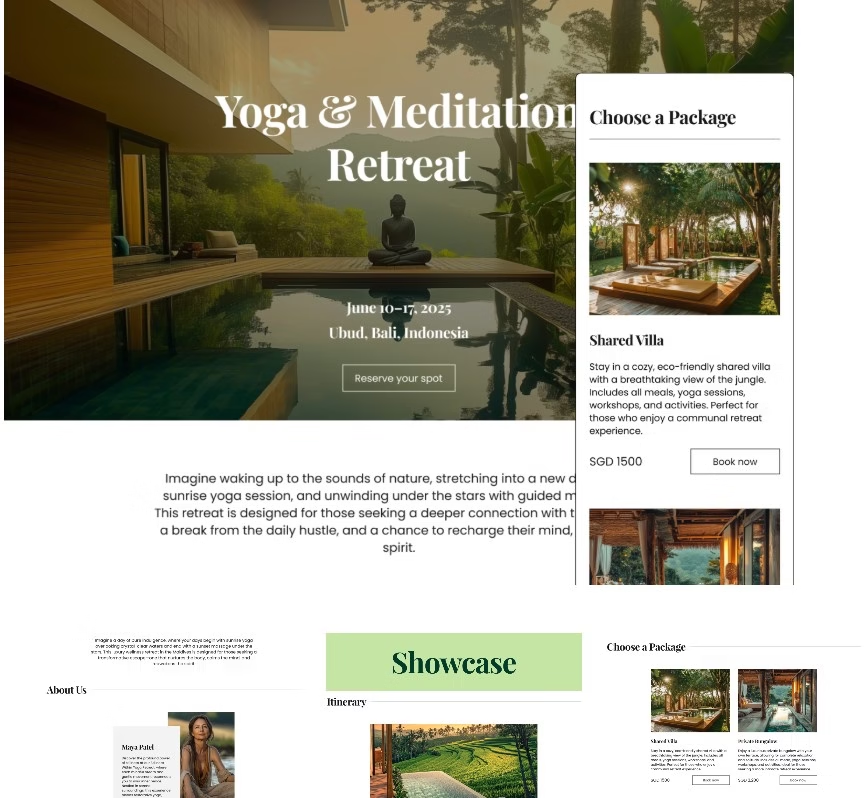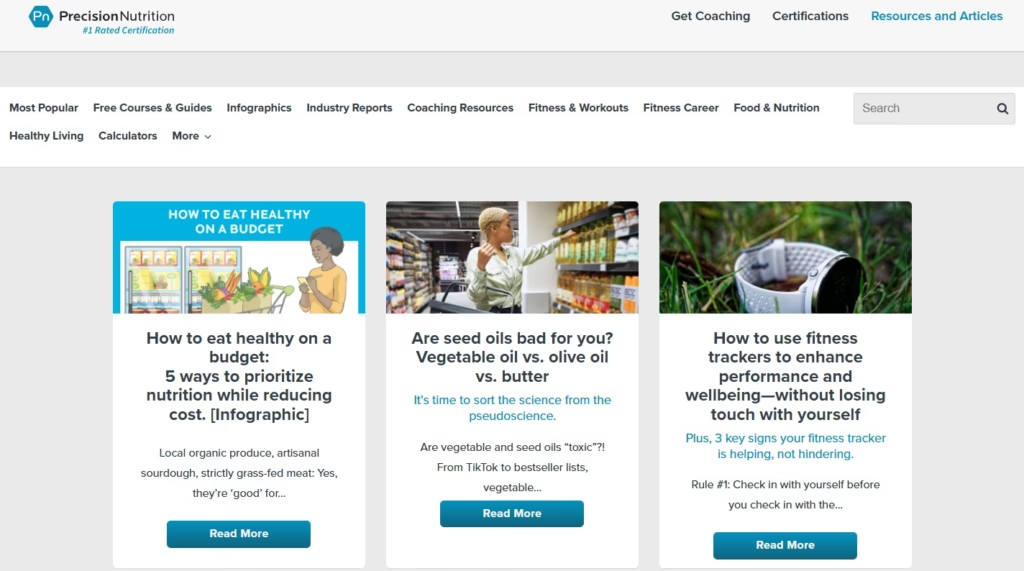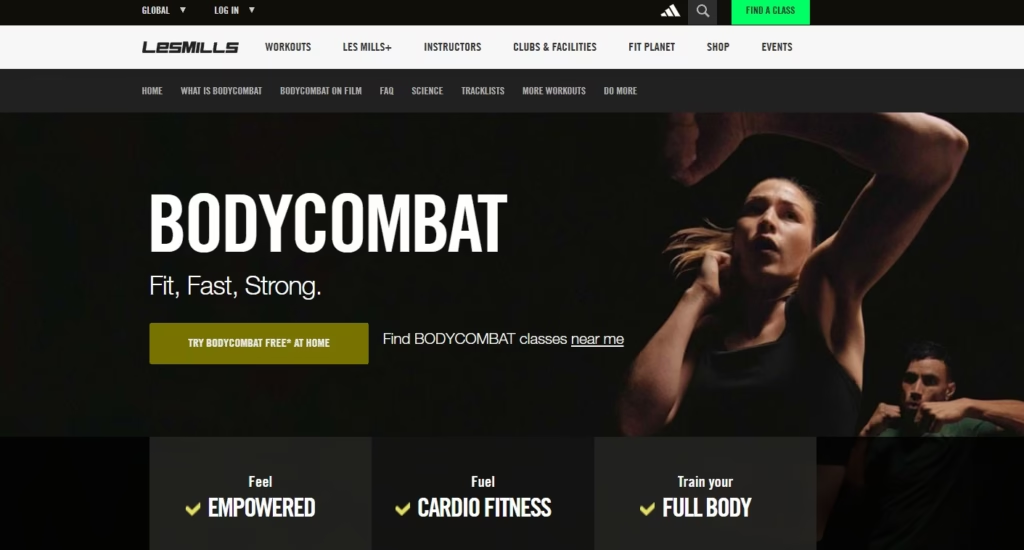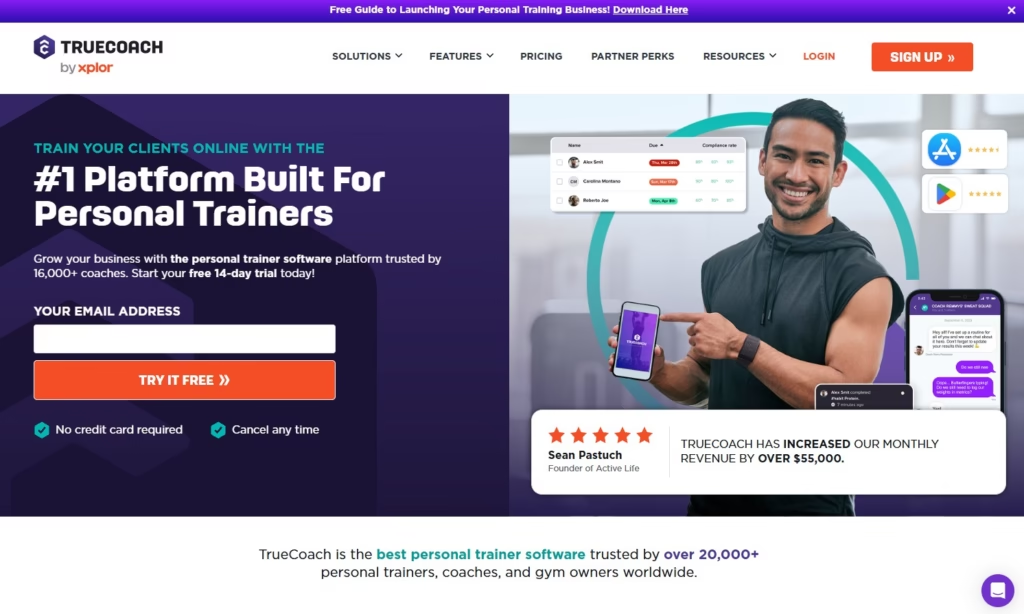Are you a personal trainer juggling sessions, managing DMs, and wondering how to turn casual interest into consistent income? Or maybe you’re just getting started—training friends, posting on Instagram, and dreaming about making this your full-time thing.
The Overlooked Power of a Fitness Trainer Website
Let’s be real: most trainers rely on word of mouth and social media.
But what happens when someone finds you through a friend, checks your profile… and sees no clear way to book, learn more, or trust that you’re the real deal?
That’s where your website comes in.
You don’t need a fancy design or a huge budget. Just a clean, clear setup that shows people what you offer, how to get started, and why you’re the one they should work with.
Think of it as your 24/7 sales assistant—answering questions, collecting leads, and booking sessions while you’re out training clients or taking your well-earned rest.
In this guide, we’ll walk you through the 5 things every fitness trainer website needs to actually convert—and why most websites fail to do the job.
1. Interactive Fitness Assessment Tools

Imagine landing on a fitness trainer website and immediately being offered a personalized assessment tool.
This isn’t a “what’s your favorite workout” quiz for fun—it’s a real tool that helps visitors understand their fitness level, goals, and potential obstacles. By offering something interactive right off the bat, you instantly engage your audience, providing them with actionable insights even before they sign up for a consultation.
Example: A website like Fitbod offers an AI-driven fitness assessment that adjusts workouts based on strength levels and past training data. If you specialize in strength training, consider embedding a simple strength test where users enter their best lifts, and the tool recommends their ideal program.
Why it works:
- Provides immediate value and positions you as an expert.
- Personalizes the experience, making visitors feel seen and understood.
- Encourages deeper engagement, as users are more likely to sign up for follow-up emails or consultations to get more details based on their results.
You could create a simple quiz to assess strength, flexibility, or fitness knowledge. Or, go the extra mile and offer something like a body composition calculator. The key is to keep it relevant to the type of fitness you specialize in—whether it’s personal training, yoga, or endurance coaching.
A great example for a yoga instructor? A flexibility test where users perform basic moves and check their range of motion. Whatever your niche, think of an interactive way to help visitors assess themselves.
2. Real-Time Availability and Booking Integration

It’s 2025, and people are busier than ever.
That means waiting to schedule a session via email or playing phone tag is a big no-no. If your fitness health website doesn’t allow potential clients to see your availability in real-time and book directly, you’re missing out.
Example: TheFlowOps provides an all-in-one system that integrates scheduling, payments, and automated confirmations. Fitness trainers using TheFlowOps can set up a seamless class booking page, allowing clients to reserve their spot without ever needing to DM or email.
Why it works:
- Convenience: Your clients can book on their own time, which leads to a better user experience.
- Transparency: Visitors can see exactly when you’re available and don’t have to deal with the hassle of back-and-forth communication.
- Instant gratification: The ability to book immediately makes it more likely for prospects to convert.
Consider integrating a scheduling platform like Calendly or Acuity that syncs with your calendar. The easier you make the process, the more likely visitors will convert into paying clients. Make sure to also send automatic reminders—no one likes no-shows!
3. A Dynamic Blog or Resource Hub (With Evergreen Content)

We get it—blogging is often seen as a tedious task, but it doesn’t have to be.
Your fitness trainer website needs a dynamic content hub that offers practical, evergreen advice and solutions. But here’s the thing: it’s not just about posting “How to Lose Weight Fast” articles. It’s about offering valuable content that solves real problems, from nutrition tips to mental health advice for fitness enthusiasts.
Example: Instead of generic fitness tips, Precision Nutrition focuses on niche topics like how stress affects muscle recovery or why sleep optimization is key for fat loss. Their content isn’t just educational—it’s shareable.
Why it works:
- Establishes authority: Sharing in-depth knowledge positions you as the go-to expert.
- SEO advantage: Regularly updated, high-quality content will improve your search engine rankings.
- Nurtures leads: By providing free resources, you create an environment where people are more likely to trust you and eventually convert.
A solid resource hub could include:
- Workout breakdowns (e.g., “3 Strength Moves for a More Powerful Deadlift”)
- Client success stories (showcase real results!)
- Downloadable guides (e.g., “The Beginner’s Guide to Intermittent Fasting”)
Your blog doesn’t have to be an afterthought. If written well, it can be one of your biggest conversion tools.
4. Micro-Conversion Triggers (The Subtle Nudges)

If your fitness health website is only designed to get people to sign up for memberships, you’re missing out on opportunities to nurture your audience through smaller, more subtle conversions. These are the micro-conversions that build trust and guide visitors through the buying process without feeling like a hard sell.
Example: Big-name fitness sites like Les Mills offer free trial workouts before pushing their paid programs.
Another example? A “30-Day Fit Challenge” email series, where users sign up for daily workouts and tips before committing to one-on-one coaching.
Examples of micro-conversion triggers:
- Downloadable resources like a free e-book on fitness basics or a checklist for gym newbies.
- Mini-consultations where visitors can book a quick 10-minute chat about their fitness goals.
- Free trials of your fitness program to offer them a taste of your coaching.
Why it works:
- These smaller steps make the user feel like they are being “led” gently rather than forced.
- They build trust, leading to higher conversion rates down the line.
- It’s less intimidating—visitors feel less pressure to commit to a full membership right away.
The goal is to keep visitors engaged and move them further down the sales funnel with each interaction. These small nudges don’t require heavy lifting on your part but can significantly impact your ability to convert.
5. Personalized Client Dashboards
If you want your fitness trainer website to really set itself apart, think beyond the basics and offer a personalized dashboard for your clients. Imagine a space where they can track their progress, log their workouts, and access content specifically tailored to their fitness journey. This isn’t a luxury; it’s an expectation.
Example: Apps like TrueCoach and Trainerize allow trainers to create custom dashboards for clients, with workout tracking, video tutorials, and progress charts. If you’re not using an app, a simple Google Sheets dashboard that clients can update works too!
Why it works:
- Empowerment: Clients love seeing their progress in real-time. A dashboard gives them control over their journey.
- Retention: A personalized experience means clients are more likely to stay engaged with your program long-term.
- Motivation: Seeing tangible results helps boost morale, especially in the early stages of a fitness journey.
This could include simple features like progress trackers, daily checklists, or custom workout plans. If you want to take it a step further, integrate integration with wearable devices like Fitbit or Apple Health to track their progress.
Conclusion: Turning Clicks into Clients
Your fitness trainer website is more than just a digital brochure; it’s the foundation of your fitness business.
By including elements like interactive assessments, real-time booking, and personalized experiences, you create a website that doesn’t just attract visitors—it converts them.
These ideas aren’t just fluff; they’re strategically designed to offer real value, foster trust, and guide your prospects seamlessly toward becoming loyal clients.
If your practice leans more into yoga, healing, or holistic wellness, we’ve also created a guide on how to build a personal website that reflects your practice—perfect for yoga teachers and wellness practitioners.
Once you’ve nailed the must-have elements, take your site to the next level with these simple design principles for a high-impact fitness website—they’ll help you boost clarity, engagement, and bookings.
Remember, the best websites aren’t just about flashy design—they’re about creating an experience that aligns with your brand’s mission and resonates with your audience. So go ahead, make your fitness health website the place your clients can’t wait to come back to.
For more tips and strategies on improving your fitness business, check out journal.theflowops.com.





